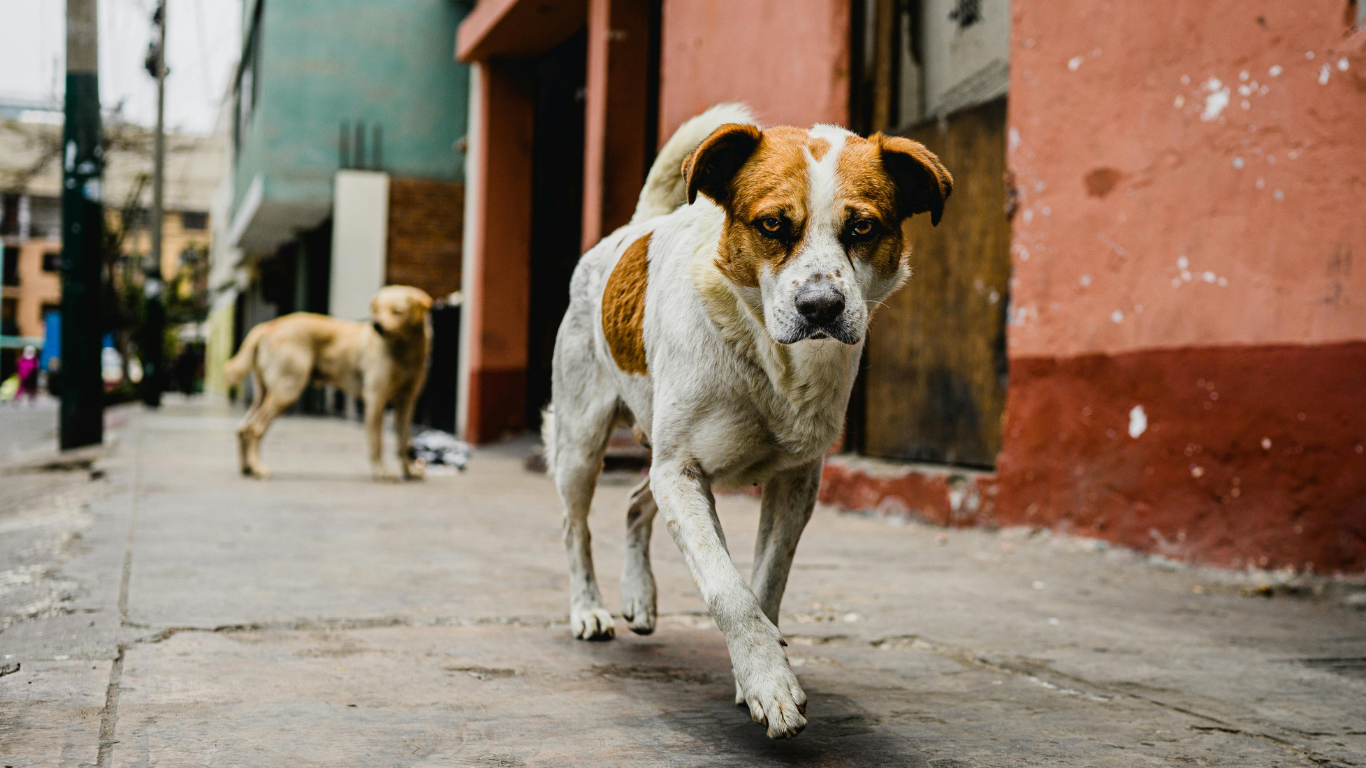
Noida, Uttar Pradesh, August 11 – A major order from the Supreme Court has stirred a fierce debate in the capital. The court has directed civic bodies in Delhi-NCR to capture and shift all stray dogs to shelters, sterilize and vaccinate them, and keep them off public streets, giving authorities a strict timeline to act and warning that anyone who obstructs the drive could face legal action.
The bench described the situation as “extremely grim,” pointing to a sharp rise in dog-bite incidents and the public-health risk from rabies. It asked local governments to begin large-scale capture immediately and to build enough shelter and medical facilities to house the animals. Different reports also suggest that the court set a window of about six to eight weeks for initial action in high-risk areas.
Officials in Delhi have said they will comply and start organising teams for capture, vaccination and sheltering. The court also asked for an animal helpline to be set up quickly so citizens can report bite cases and stray dog sightings. Enforcement will be closely watched, since the order overrides earlier practices that focused mainly on sterilisation and release under the Animal Birth Control rules.
The government’s move gained urgency after media and hospital records cited by the court suggested thousands of dog-bite incidents in the city, and several confirmed rabies cases, data that the court said required decisive action to protect children and other vulnerable people. Critics, however, question the figures and the feasibility of removing so many animals in a short time.
Animal-welfare groups and experts reacted strongly. Organisations like PETA India and other shelter and advocacy groups called the order impractical, potentially illegal, and harmful to animal welfare. They argue that mass removal without sufficient, humane shelter capacity or a long-term plan could create new problems and violate established animal-protection laws. Several groups have already said they will challenge the order in court.
The court’s firm warning against obstruction, including threats of penal action for those who interfere with the removal drive, has raised tensions between public-safety demands and animal-rights concerns. How the authorities implement the ruling, whether enough shelters and veterinary resources will be built in time, and how rights and safety will be balanced will determine whether the order brings relief or more controversy.
As this story develops, readers should expect more details from official notices and court filings. For now, the order is clear: civic bodies must act fast, and anyone blocking the effort risks legal consequences.



